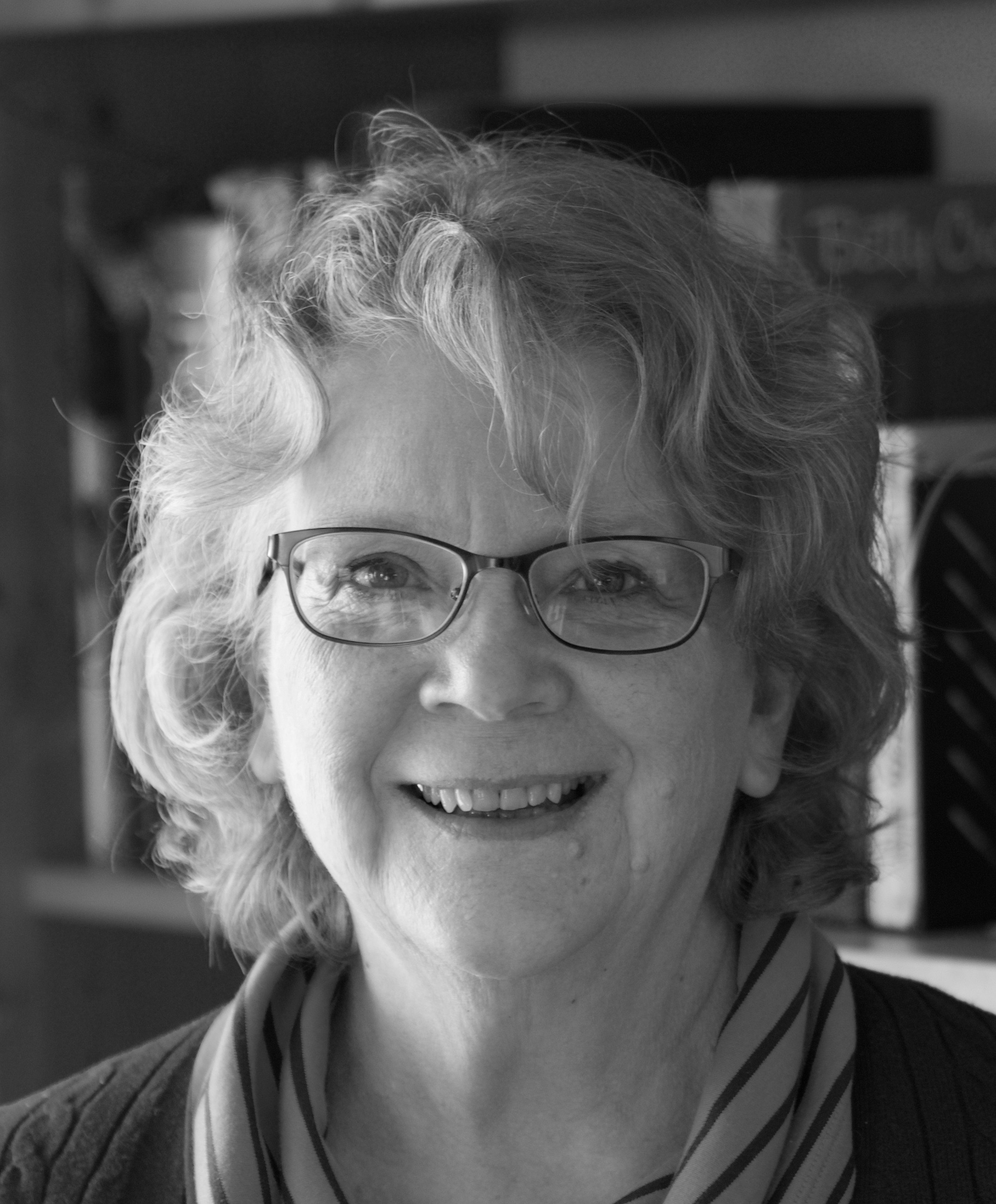Three New Developments on the Home Front
 Tuesday, June 16, 2009 at 3:17PM
Tuesday, June 16, 2009 at 3:17PM One

A couple of weeks ago, youngest son adopted a puppy from the animal shelter, and since youngest son lives here with me, so does his pup. Since he’s all black, he’s not all that easy to photograph, but here he is having some fun in the back yard on his first day at our home.
The little dog’s name is David, which is the name they gave him in the shelter. Son thought of changing it, but he’d known him as David for a week by the time the adoption was completed, so he decided to keep his original shelter name. My apologies to you if your name is David or you’ve given one of your sons that name. Keep in mind that he’s a very gentle and polite young dog and maybe that’ll help you feel less insulted.
He’s seven months old, and before he came here, he’d spent his whole life at the shelter. Everything is new to him, but he’s adjusting very well and learning to do his business outdoors, walk on a leash, and leave the cats alone. That last lesson is the most difficult for him.

He and Taffy have become great friends. Taffy didn’t care for him much at first, but he copies everything she does and she knows that imitation is the sincerest form of flattery, so she’s decided he’s alright in her book. Taffy is eight years old, but she’s never outgrown her love of rough and tumble play, and she’s happy to have a companion who will wrestle and play fight with her in the back yard.
The papers we got from the shelter say David is Husky X, but his big ears and quick intelligence make me suspect he’s more German Shepherd.

Would you say he’s become comfortable in his new home?
Two
Oldest son has started his own business which he’s running out of my home, mostly out of my garage. His company is called Stark Window Solutions, and he’s installing windows, focusing especially on doing the indoor trim.
He makes his own trim using a fancy-dancy machine he had shipped from Nova Scotia. Fortunately for him, his dad left a garage/shop filled with good woodworking machines and tools, so he’s only needed to spring for that one machine and the electrical work needed to run it—work which is being done as I write—making his start up costs much less than they would have been otherwise.
Three
Youngest daughter is moving back home on the first of July. Since she moved out I’ve made her old bedroom into my sewing room and I didn’t want to give that up, so she’ll be taking over what used to be oldest son’s bedroom in the basement. Since he moved out, I’ve been using it as a general storage room, which means I must get down there soon and sort through all that stuff and decide what to keep, what to throw out, and what to give away.
It promises to be a big job—a job made even bigger when I let oldest son take a set of work cupboards from the basement to mount in his garage/shop and told him to just put everything in the cupboards in his old bedroom/storage room.
It’s a rainy day today and the internet connection is dreadful, so I think I’ll head down there to get started sorting as soon as I post this.


